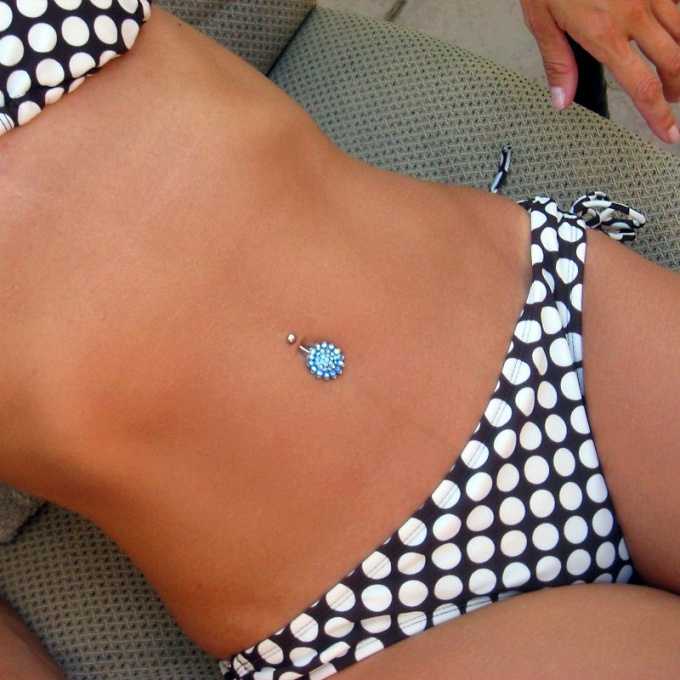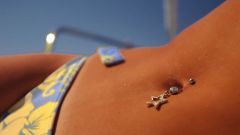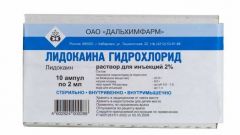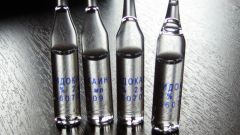Instruction
1
Piercing is a puncture of any part of the body with the subsequent wearing of jewellery in the piercing. Most often pierced earlobes, and I do it usually girls. But in recent years body piercing has become popular among young men, and the perforation exposed nostrils, the skin fold eyebrow, cartilaginous part of the ear, nipples, navel, clitoris and foreskin. If the puncture makes the specialist in a specially equipped office subject to the conditions of asepsis and antisepsis, the procedure usually takes place without complications.
Many people wonder anaesthetic when carrying out the piercing. Now the anesthesia had taken place. This is due to the fact that the puncture is very fast. It's literally a matter of three seconds, during which the pain and can endure. But complications from anesthesia can be very significant. For local anesthesia using the solution of "Lidocaine" which can cause a severe allergic reaction. Even if acute allergic reaction will not come, the probability of occurrence of local edema that will cause discomfort, very large.
Many people wonder anaesthetic when carrying out the piercing. Now the anesthesia had taken place. This is due to the fact that the puncture is very fast. It's literally a matter of three seconds, during which the pain and can endure. But complications from anesthesia can be very significant. For local anesthesia using the solution of "Lidocaine" which can cause a severe allergic reaction. Even if acute allergic reaction will not come, the probability of occurrence of local edema that will cause discomfort, very large.
2
Of course, we cannot do without anesthesia in the event of a puncture excessive skin sensitivity: nipples and genitals. In this case, it is possible to use local anesthetics ("Novocain" or "Lidocaine") in the form of a spray. Having genitalia with a solution of the drug is not recommended, because in this area the layer of subcutaneous fat either very small or completely absent, respectively, required for analgesia infiltration to form can't.
Also for sensitive areas you can use the local anesthetics in the form of creams. Of the more budget options, you can choose cream "Benzocaine", and of the more modern "EMLA". The drug is applied to the expected exposure for 30-40 minutes, followed by the procedure of perforation.
Also for sensitive areas you can use the local anesthetics in the form of creams. Of the more budget options, you can choose cream "Benzocaine", and of the more modern "EMLA". The drug is applied to the expected exposure for 30-40 minutes, followed by the procedure of perforation.
3
There are times when a person has a very low pain threshold, and even a minor impact can cause pain. In this case, a more rational use of injections of local anesthesia. Usually use "Lidocaine" or "Novocaine," which cut away the puncture site. When using these drugs need to be very careful to dosages and concentrations. Thus, both drugs are only used in 2% concentration.
It is not necessary to use a combination of drugs containing anesthetic with epinephrine, such as "Ultrakain." The fact is that the epinephrine constricts blood vessels and disrupts blood circulation, which is essential for proper healing of the walls of the puncture.
It is not necessary to use a combination of drugs containing anesthetic with epinephrine, such as "Ultrakain." The fact is that the epinephrine constricts blood vessels and disrupts blood circulation, which is essential for proper healing of the walls of the puncture.
4
Regardless, it is planned to use anesthesia or not, pre-treatment of the skin should be full, to completely decontaminate the working area. After the procedure the puncture site should be full of antibacterial care.




